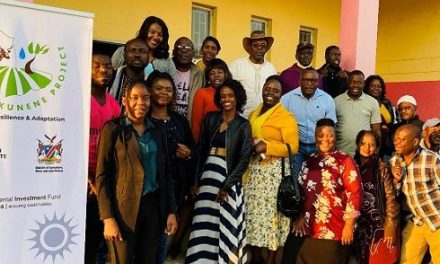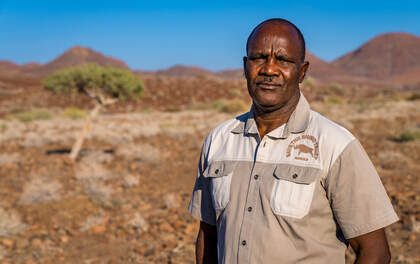
Desert horses on their way out as hyenas kill all new offspring

Unsustainable predation by spotted hyenas may lead to the eventual extinction of the famous wild horses of the Garub area in the southern Namib. Ranked as one of Namibia’s top ten tourist attractions, a special foundation, registered solely to work for the conservation of the desert horses, said this week if predation continues, the horses will be functionally extinct by the end of this year.
The area in which the horses have been living for the past 100 years is part of the Namib Naukluft National Park.
Since 2013, not a single foal has survived, killed either by the drought or hyeanas. Donations of more than N$1.5 million from various supporters both local and overseas, have helped the Namibia Wild Horses Foundation to buy supplementary fodder to keep the adult horses alive during the last two years.
“There have been no deaths directly caused by malnutrition in the last two years. The supplementary feed has kept them going although it is still marginal” said the foundation adding that 22 years of research has shown that the number of wild horses has varied due to changes in rainfall, often with many dying during droughts.
“Due to the drought, most of the other migratory game has moved north and east looking for greener pastures which leaves mainly only horses to prey on in the Garub area. Therefore, the rate of predation has increased significantly during the past two months. The number of mares is down to 42 and we estimate that at this rate the population will be “functionally extinct” (some may still be around but it’s inevitable that they will go extinct) by August” stated the foundation.
A lasting solution to save the horses proved to be practically difficult. In consultation with the Ministry of Environment and Tourism, and with input from hyeana research groups, it was decided to relocate the horses while at the same time, as a short-term solution, providing the hyenas with alternative prey sourced from farms outside the park.
“The ministry’s primary objective of maintaining natural populations in a national park rules out the possibility of relocating the hyaenas. Not only would this be difficult to justify but would be a fundamentally short-term option as the vacuum would most probably be filled by other hyaenas.” said the foundation.
Moving the horses and feeding the hyenas will give the foundation time to find suitable land that could be turned into a sanctuary in which the horses would live with the integrity of a wild population. “The ideal location would be somewhere near the Garub area where the horses have lived for over 100 years and where they will still be accessible to the public” the foundation advised.
The horses of the desert are part of Namibia’s history and heritage and are genetically different from other breeds.










































